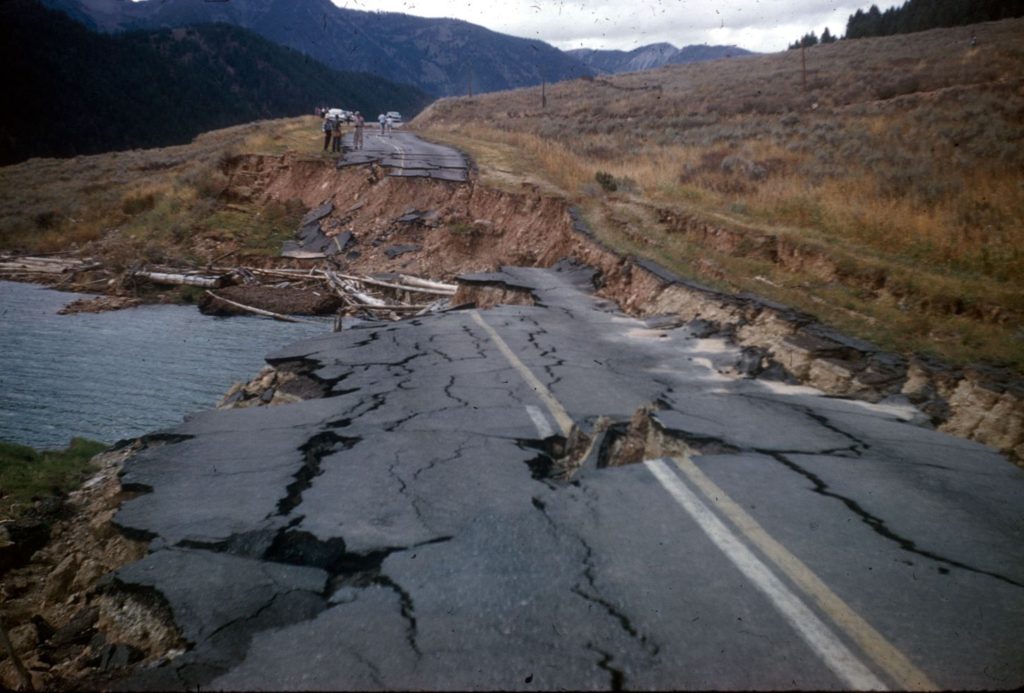Road infrastructure is one of the critical backbones of a region’s economy, enabling transport of goods, services, and people. Maintaining the structural integrity of these routes is especially challenging in earthquake-prone regions, where natural disasters can cause significant damage.
1. Structural Damage:
Earthquakes can cause enormous physical damage to road infrastructure. Surface ruptures can lead to cracks, landslides, or ground displacements, making roads impassable. Tunnels, bridges, and overpasses are particularly vulnerable to collapse or significant damage, risking the lives of those using them.
2. Interruption to Emergency Services and Disaster Response:
The destruction of road infrastructure can hinder the quick and efficient response of emergency services. It can impede the transport of vital supplies, delay search and rescue operations, and prevent evacuation efforts. A lack of access due to damaged roads can make the difference between life and death in disaster situations.
3. Economic Impact:
Damaged road infrastructure often leads to economic losses. These losses can be direct, such as repair costs, or indirect, such as losses incurred due to traffic disruptions, delays, and increased commute times. This can also affect the supply chain of a region, preventing the movement of goods and services.
4. Recovery and Reconstruction:
Rebuilding or repairing road infrastructure after an earthquake can be a massive and time-consuming task. The process involves not only physical construction but also extensive planning, designing, and financing efforts. Areas with more frequent earthquakes can find themselves in a constant cycle of destruction and repair.
5. Environmental Impact:
Earthquakes can also create environmental challenges for road infrastructure. Landslides caused by tremors can block roads but also contribute to habitat destruction and increased sediment in rivers, impacting local ecosystems.
To build resilient road infrastructure, certain strategies can be employed:
1. Seismic Design Standards:
Incorporating seismic design standards can ensure that roads, bridges, and tunnels can withstand seismic activities. This might involve using flexible materials, isolators, and dampers in bridges or employing slope stabilization techniques in roads near hilly areas.
2. Early Warning Systems and Regular Monitoring:
Utilizing early warning systems can provide valuable time for road users and authorities to react before an earthquake hits. Regular monitoring of infrastructure can identify and address any structural weaknesses before a disaster occurs.
3. Redundant and Diversified Transportation Networks:
Designing multiple routes and forms of transportation can ensure that if one route becomes unusable, alternatives are available. This is essential for maintaining the supply chain and enabling disaster response.
4. Sustainable Construction Practices:
These practices can help minimize the environmental impact of road construction and repair. This might involve using locally sourced materials, limiting deforestation, or minimizing soil erosion.
5. Post-Disaster Recovery Planning:
Having a robust recovery plan can help speed up the repair and rebuilding process. This plan should include strategies for securing funding, prioritizing repairs, and coordinating construction efforts.
In conclusion, while earthquakes pose significant challenges to road infrastructure, implementing resilient and sustainable strategies can mitigate their impact and ensure the infrastructure’s longevity and reliability

